- Climate engineering encompasses techniques to alter the climate system which can be classified as Solar Radiation Management (SRM) and Carbon Dioxide Removal (CDR).
- CDR is no longer at its dawn and counts numerous projects in China. Moreover, Beijing is planning large-scale weather modification, which has triggered controversy.
- Although we are not the first generation to deal with climate engineering, there is still a lack of global governance. Switzerland, which recognised the need of CDR to achieve carbon neutrality in 2050, can play a bilateral and multilateral role – stressing the precautionary principle and without leaving behind climate change mitigation.
What is climate engineering?
Climate engineering or geoengineering involves human interventions in the climate system. In a broader sense, the human impact on climate started with the discovery of fire and the practice of agriculture. However, until the scientific revolution, controlling the climate or the weather was just folklore or fantasy as in Jules Verne’s The Purchase of the North Pole, where a secret group plans to shift the Earth’s axis and melt the polar ice in order to extract resources.
Geoengineering has already sparked controversy with its terminology and a consensus definition is essential for global governance. The IPCC (UN’s International Panel on Climate Change) defines geoengineering as “a broad set of methods and technologies operating on a large scale that aim to deliberately alter the climate system in order to alleviate the impacts of climate change”.
This set of methods is grouped under Solar Radiation Management (SRM) and Carbon Dioxide Removal (CDR). The first one involves techniques to reduce the absorbed solar energy, while the second involves the sequestration of carbon dioxide and other carbon sinks.
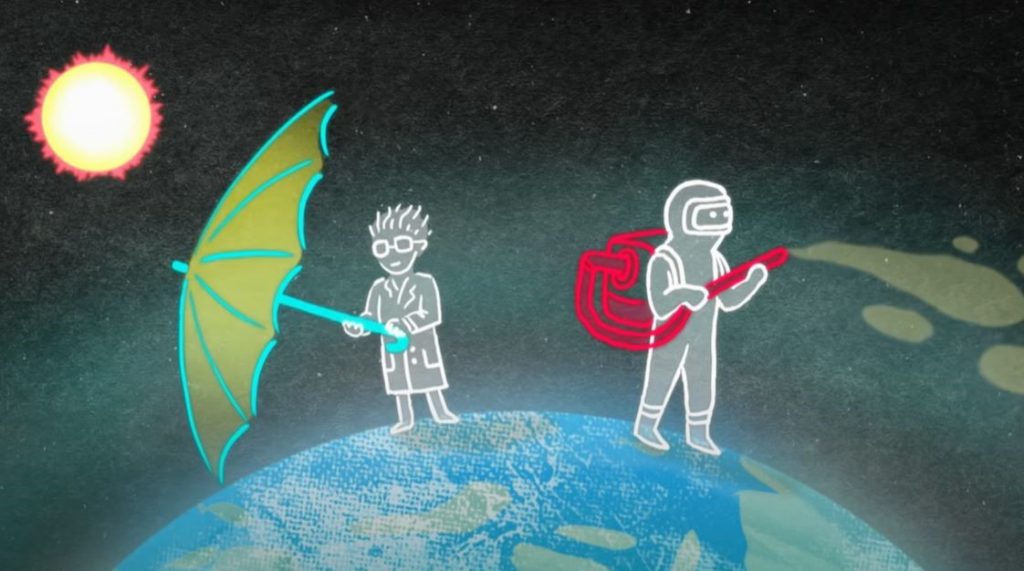
A cartoon depiction of Solar Radiation Management (SRM) on the left and Carbon Dioxide Removal (CDR) on the right (ARTE Episode on geoengineering «Kann Geoengineering das Klima retten?»)
Solar radiation management (SRM)
Inspired by volcanic eruptions, Nobel Prize laureate Paul Crutzen proposed in 2006 to inject sulphate aerosol in the stratosphere to reduce earth’s temperature. Even though it appears to be an effective SRM solution, it is one of the most controversial, because of its side effects such as monsoon cycle disruption and a permanently hazy sky.
In general, SRM is considered risky for the unknown implications and the prospective power that governments or wealthy individuals could reach on a global scale.
Besides computer simulation, such as the reduction of Himalayan glaciers melting through sulphate aerosol, it seems that there are no projects of SRM applications in China.
Carbon dioxide removal (CDR)
Carbon dioxide removal, sometimes called Negative Emission Technologies (NET), includes natural solutions such as afforestation and wetland restoration, but also cutting edge technologies such as capturing carbon from industrial exhaust or directly from the air. Afforestation is a widespread technique in China, which is a marginal carbon sink but is functional to fight desertification and sand storms. As early as 1978, the Chinese government started to build the Three North’s Forest Shelterbelt, also called Green Great Wall, which involves large scale afforestation, tree walls and sand dune stabilisation.
Halfway around the world, in Iceland, lies the biggest centre of direct filtration: a project operated by the Swiss start-up Climeworks. It can sequester and store 4.000 tons of carbon dioxide in a year. The numbers need to be put in perspective and, in actuality, 4.000 tons represent the annual consumption of approximately 680 people. Therefore, thousands of these centres should be operated but the technique is energy intensive and the sequestered carbon would pose a problem analogous to nuclear waste.
CDR is thriving in China and is listed among the nine major engineering projects of Science and Technology according to the 13th five-year plan. China counts numerous projects under CDR, including international collaborations. Captured CO2 can be stocked, sold to the beverage industry or further transformed, for example in ethanol. The largest CDR plant in China was completed in 2021 at Guohua Jinjie coal power plant and can prevent 150.000 tons of CO2 a year, which represents only 0.002% of China’s emissions.
Another important carbon sink is the ocean, which has absorbed 30% of anthropogenic carbon dioxide over the past decades. Marine geoengineering proposals go from expansion of mangrove swamps to more invasive techniques such as ocean fertilisation with iron. Since iron is a limiting factor for phytoplankton, it can be used to increase its growth and sequester CO2, initiating a biomass vertical sink. Discussion and pilot projects, such as the carbon sink fishing laboratory in Qingdao, are on their way in China. However, the IPCC raises uncertainties regarding the effectiveness of the sequestration and on other issues such as ocean acidification, pollution and algal toxic by-products.
Weather modification
Weather modification is generally not included in geoengineering because of its limited geographical and temporal scale. However, some projects are transboundary and can influence global processes.
One of the main techniques, cloud seeding, dates back to the second post-war period and employs silver iodide. The chemical compound is sprayed into clouds, and because of its hexagonal structure, similar to ice crystals, it initiates condensation and thus precipitation. Similar to other scientific discoveries, geoengineering solutions can be weaponised. In fact, cloud seeding was deployed during the Vietnam War to slow the movement of Viet Cong in the jungle trails. Cloud seeding has also been used to prevent rain in case of military parades by the Soviets, and it has been used in China, for example, for the Summer Olympic opening ceremony and for the celebration of the communist party centenary.
Weather modification in China is not limited to parades. In fact, one of the largest weather modification projects in the world, called Tianhe (Sky River) has been started in the Tibetan Plateau . The aim is to intercept the water vapour carried by monsoons and redistribute it in the northern regions, thanks to an immense network of silver iodide chambers. The project has been criticised because of the toxicity of silver iodide and the importance of the Tibetan plateau for water security in Asia.
Global governance
Tensions on weather and climate modification date back to at least the 1960s. Cloud seeding in Vietnam prompted the negotiation of the UN Environmental Modification Convention (ENMOD). The resolution, signed in Geneva in 1977 and ratified by China, requests parties not to engage in “military or any other hostile use of environmental modification techniques having widespread, long-lasting or severe effects as the means of destruction, damage or injury to another State party”. The wording is considered vague and further revisions of the ENMOD are essential as legal basis of global governance.
Starting with terminology, one prefers the term climate engineering or climate altering technologies to geoengineering and should distinguish between SRM and CDR, as the two categories have different scientific consensus and acceptance.
Scientific progress does not suffice to fully understand the complex climate system, which encompasses mechanisms from the atomic level to global circulation. Therefore, a high degree of uncertainty and risk needs to be taken into account when addressing climate engineering.
As recognised by experts and policy makers, including the Federal Council, Carbon Dioxide Removal is necessary to reach carbon neutrality by 2050. China plans to achieve the same goal by 2060 most likely employing large scale carbon sequestration. However, Switzerland has clearly stated that carbon neutrality must be achieved primarily phasing out fossil fuel while CDR addresses only emissions which are hard to avoid, such as waste incineration.
Switzerland, with its academic and practical expertise in CDR, needs to trigger a bilateral and multilateral dialogue, stressing the precautionary principle and the fact that climate engineering is a complement and not a substitute of mitigation efforts.
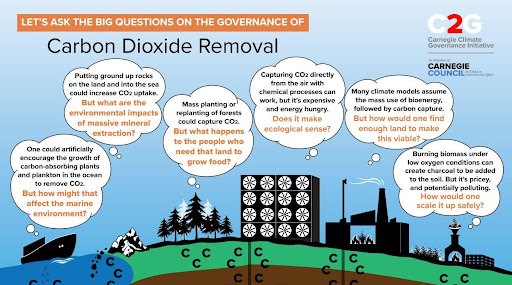
The main Carbon Dioxide Removal (CDR) techniques and related open questions (Carnegie Council’s Climate Governance Initiative)
Further references
Fixing the sky, the checked history of weather and climate control, James Fleming, Columbia University Press, 2010.
Die Antwort auf fast alles, Folge «Kann Geoengineering das Klima retten?», ARTE, 2022.
International governance issues on climate engineering, International Risk Governance Center, EPFL, 2020

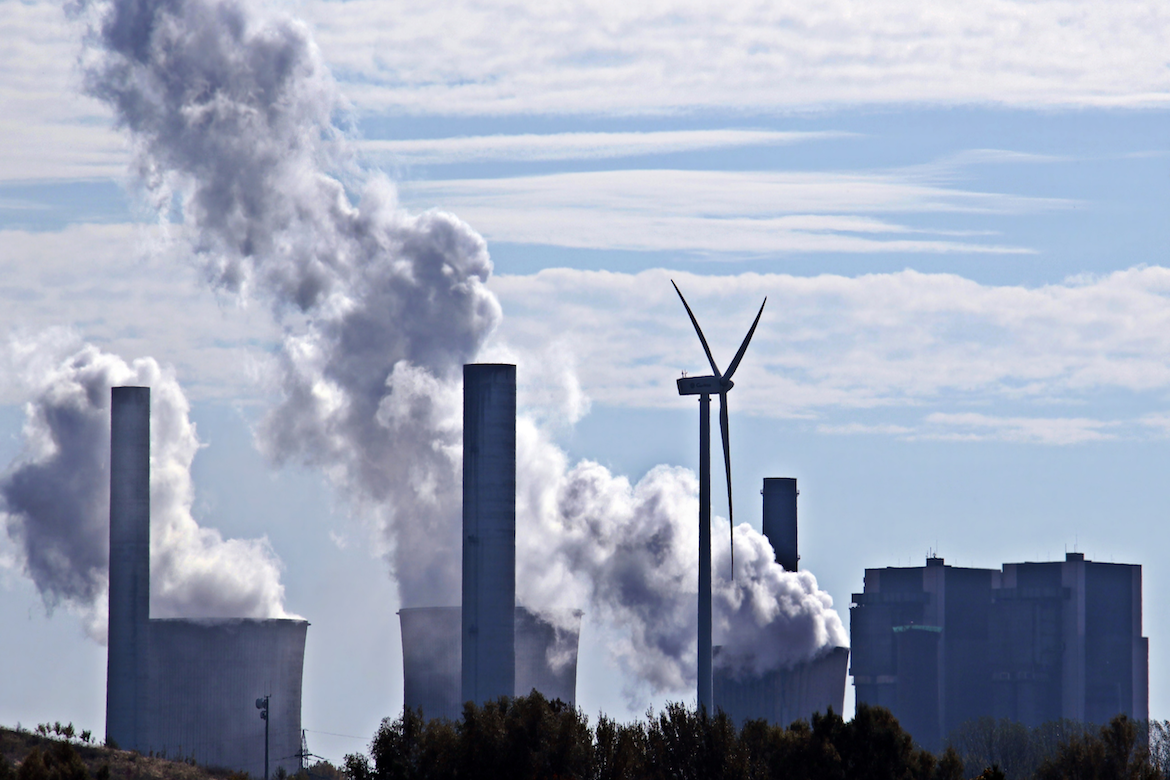

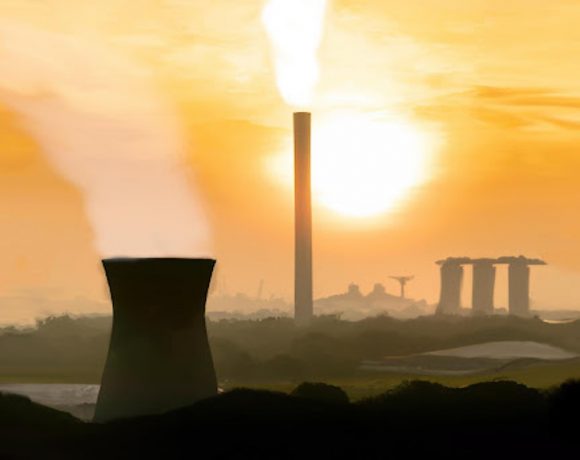
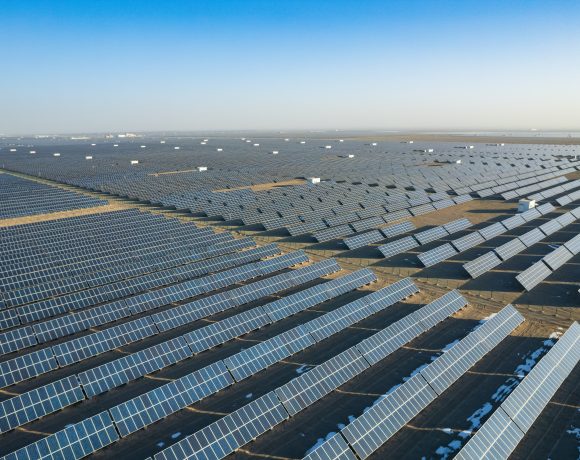

NO COMMENT